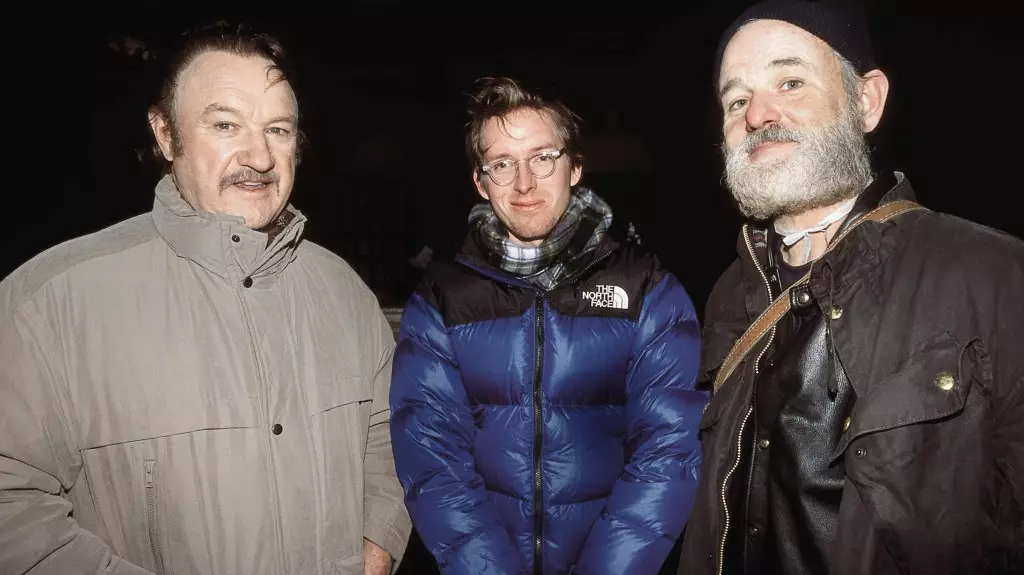Wes Anderson’s films are known for their whimsical visuals and intricate narratives, yet behind the charming façade lies a calculated approach to production costs. As he celebrates nearly 13 feature films, including his latest release, *The Phoenician Scheme*, Anderson reveals a compelling strategy that prioritizes elaborate set designs while maintaining budget-friendly practices. This balance reflects not only his artistic vision but also an inherent understanding of economic constraints within the film industry. His unique method transforms financial limitations into opportunities for innovative storytelling, allowing precision in every frame and character nuance.
Collaborative Tensions: Lessons from the Past
When discussing his evolving relationships with actors, Anderson recalls the complexities of working with cinematic legends. His experience with Gene Hackman during the production of *The Royal Tenenbaums* brings to light the intricate dynamics between creativity and professional conflict. Hackman’s frustration over Anderson’s flat-fee salary system is a poignant reflection of the generational divide often seen in the industry. Anderson’s willingness to negotiate a uniform fee for all cast members, including the then-unknown Jason Schwartzman and the celebrated Bill Murray, demonstrates his commitment to equity on set. Yet, it also reveals the underlying tensions that can arise when seasoned stars confront the methodologies of emerging filmmakers.
Learning from Friction: Growth Through Conflict
Anderson’s candid recollections about Hackman provide a valuable lesson in navigating artistic relationships. He admits to friction during their collaboration, acknowledging that his youth may have contributed to Hackman’s vexation. This honesty illuminates the challenges that many young directors face: earning the respect of established actors. To grow professionally, Anderson advocates for preemptive communication, suggesting that providing actors with early insights into a film’s direction could pave the way for smoother collaborations. His introspection serves as a reminder that growth often emerges not only from creative successes but also from the conflicts that challenge one’s approach and philosophy.
The Dual Nature of Artistic Genius
The duality of genius is highlighted through Anderson’s reflections on both Hackman and Murray. While Murray praises Hackman’s talent, he characterizes him as a “tough nut,” emphasizing the difficulties that often accompany interactions with seasoned professionals. This dichotomy echoes a broader narrative surrounding artistic brilliance: unparalleled creativity can be both a gift and a burden. Mastering the art of collaboration becomes essential, as the most fruitful artistic endeavors frequently arise from a blend of contrasting perspectives. It’s within this intricate dance of personalities and egos that true cinematic masterpieces are born, driving Anderson to refine his craft and embrace the complexities of his collaborative efforts.
Building a Cinematic Universe through Personal Experience
Anderson’s films are a reflection of personal experiences and relationships, and as he progresses in his career, he continues to emphasize the importance of authenticity within his stories. The heartfelt recollections of working with Hackman reveal a deeper understanding of human emotion, vulnerability, and artistic integrity. Such insights fuel his narrative creations, enabling viewers to engage with his films on a profound level. As Anderson forges ahead, embracing both the confrontational and collaborative aspects of filmmaking, he further enriches the cinematic experiences he crafts, proving that the path to artistic mastery is often paved with both adversity and enlightenment.

